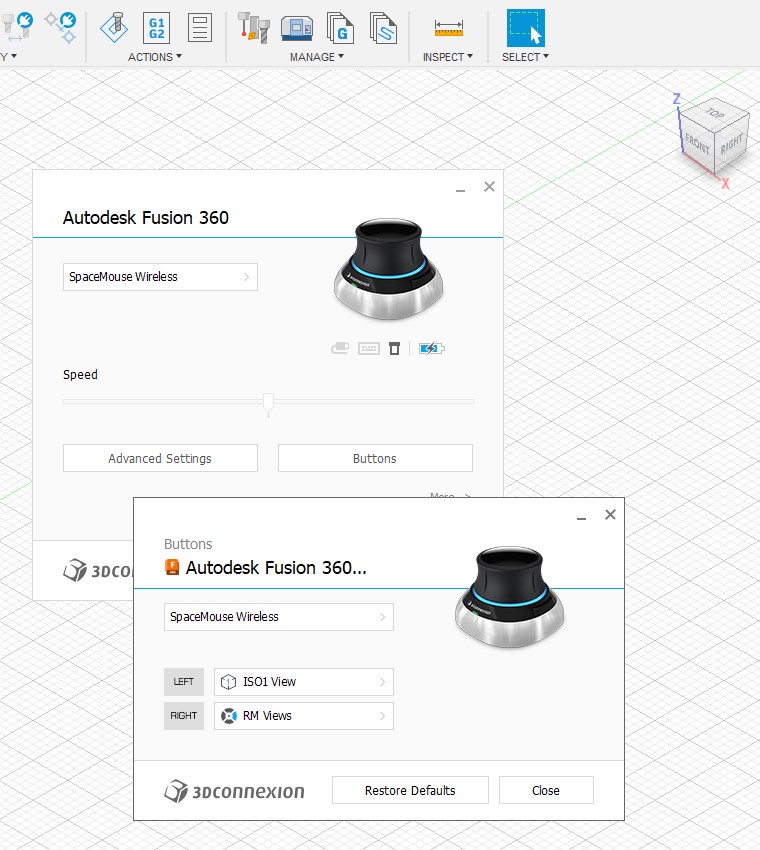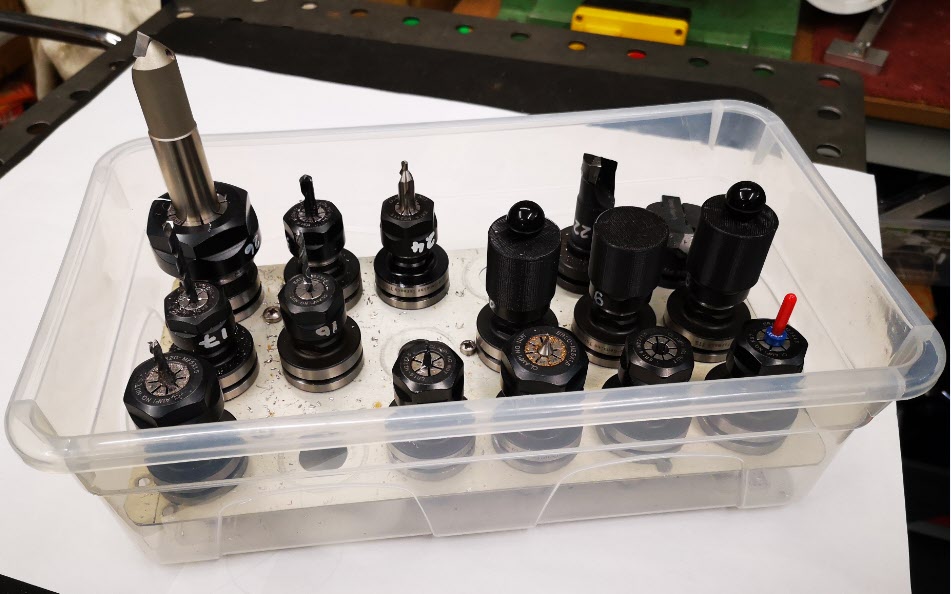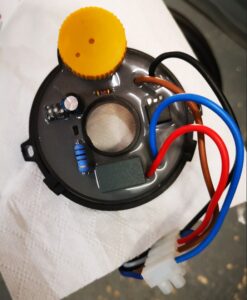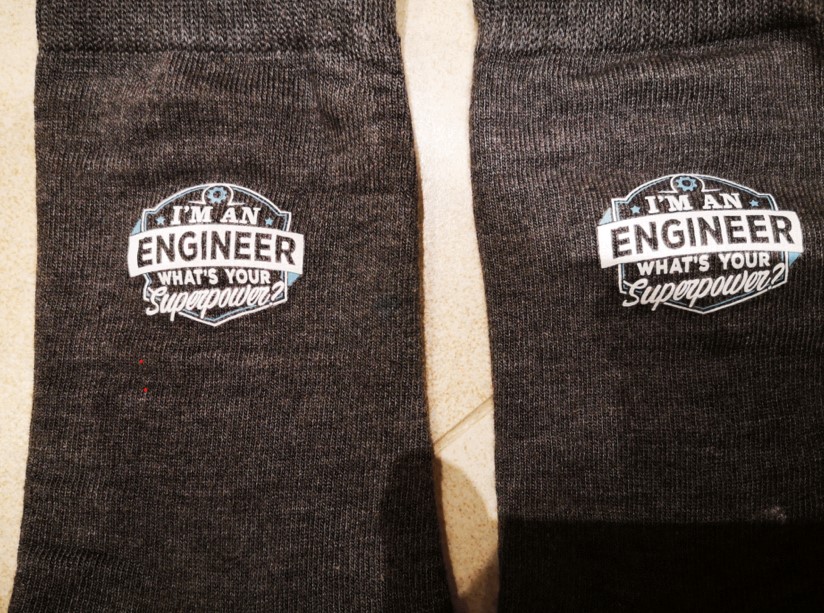We have a ‘wet’ solar panel for our domestic hot water (DHW) and a 3kW PV array to supplement our electricity consumption. We benefit from a feed in tariff for the excess power fed to the electric supply grid.

The DHW system is a 1 metre square grid of evacuated tubes feeding conducted heat through a closed loop pipework to a secondary heating coil in the hot storage water tank. The system was installed in 2008 and has given good service and lots of hot water. Recently the temperatures at the panel on the roof were showing very very high (>100C) and a closer investigation suggested that there was no circulation of the heat transfer fluid.
I registered a service call and the technician duly arrived. The conclusion was that the transfer fluid had degraded, leaving mainly gas and debris in the system pipework.
The technician pressure washed the pipework loop and refilled it with new transfer fluid. The system is now back up and running. He made a not so subtle suggestion that maybe leaving it for 14 years between service intervals might not be a good idea …. hint taken.
The other topic of conversation revolved around holiday absences and hot sunny periods. When we go away on holiday we ask the kids to regularly run off hot water otherwise the hot water storage tank just gets hotter and hotter. This results in the roof panel venting under the pressure.
The technician commented that the latest controllers have a reverse action facility which you can enable during holiday absences. This reverses the transfer fluid flow so the heat in the storage tank water is conducted out to the roof panel at night where it is radiated off. Unfortunately our controller does not have this facility. Maybe in four years time when we have a maintenance service call we can arrange an upgrade ….
While investigating the problem prior to service visit I went up on the roof to check the DHW panel. (We live in a single storey house so reduced Health and Safety risk …). While all seemed OK, it was noticeable that both the DHW panel and the PV panels were dirty. I always clean them early in the year but we have recently had rainy periods where Saharan sand gets deposited via the rain. This was clearly visible on the PV panels and less so on the water panel.
As a result of this, this morning has been a panel cleaning session. Every kW counts. Keep your panels clean.
Similar or related subjects : –
- TA12 USAF WW2 transmitter and 1938 Truphonic MA5T receiver
- Sending a SMS text message to the EU from UK
- Exactly by Simon Winchester
- Addis Thermopot and Derek Palmer
- Solar Energy servicing issues
- Fathers Day gift makes me smile
- Tormach PCNC440 blood donning solved
- Haimer Taster and vacuum table retrospective thoughts
- Engineering Video Favourites Updated List
- Experiences with SFR – Orange – FreeBox in France






